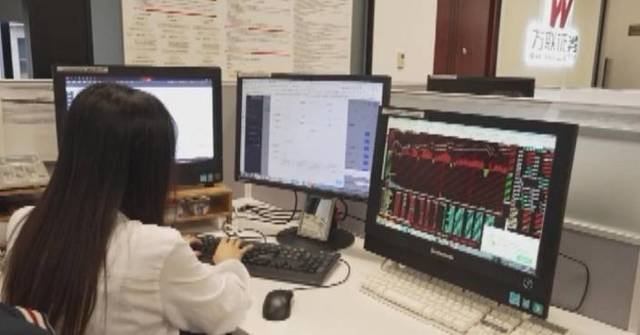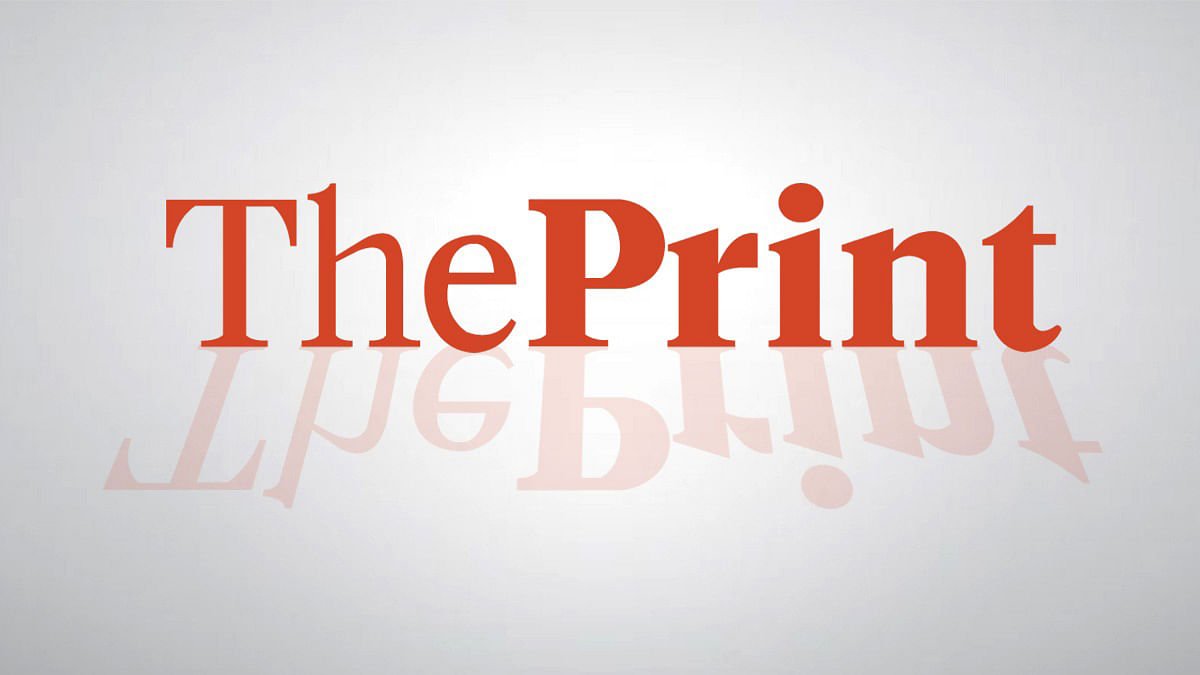China’s central bank on Thursday unveiled a new swap facility to bolster the growth of the country’s capital markets, a strategic move which aims to ensure the steady development of China’s financial landscape in the long term, according to industry experts.
People’s Bank of China announced that it has decided to set up Securities, Funds and Insurance companies Swap Facility (SFISF), with the initial scale of 500 billion yuan (about 71 billion U.S. dollars).
The SFISF will allow eligible securities, funds and insurance companies to use their assets including bonds, stock ETFs and holdings in constituents of the CSI 300 Index as collateral in exchange for highly liquid assets such as treasury bonds and central bank bills, said a statement.
Industry experts anticipate the newly-launched swap facility will inject significant additional funds into the capital market and reduce risks for non-bank entities amid market downturns.
“This greatly enhances the stock holding capacity of securities, funds, and insurance companies, and their ability to acquire funds. Especially when the market is undervalued, these non-bank entities can easily tap into market liquidity using this tool to strengthen their investments in quality assets so as to ensure market stability,” said Xu Fei, an analyst of Wanlian Securities, a state-owned securities company.
Sources close to the central bank revealed that the swap facility has a maturity period of up to one year, with provisions for extension upon maturity.
Industry experts further noted the new monetary policy tool applies a “bonds-for-bonds” principle, which does not expand the scale of the base currency, and is not engaged in quantitative easing.
Furthermore, the swap facility enables non-bank entities to exchange less liquid assets for government bonds or central bank bills, making it easier for repurchase or financing sales in the market.
“The swap facility operates on a ‘bonds-for-bonds’ model, meaning the central bank does not directly inject funds, thereby avoiding an increase in base currency issuance and quantitative easing. While not involving base currency injections, experiences from the global financial crisis underscores the pivotal role of similar facilities, such as the Federal Reserve’s Term Securities Lending Facility (TSLF), in swiftly stabilizing financial markets,” said Wen Bin, chief economist at Minsheng Bank.
Starting Thursday, applications from eligible securities, funds and insurance companies will be accepted.
China’s new 500 billion yuan swap facility to bolster capital market: experts
China will expand its project “white list” mechanism to ensure that all eligible property projects have access to financial support, in efforts to safeguard home deliveries, according to a statement released by the Ministry of Housing and Urban-Rural Development on Wednesday.
The project “white list” is an itemized register of real estate projects or developers that have been ruled compliant with regulations and thereby eligible for financial support.
Financial institutions are required to timely disburse loans to eligible property projects and meet their reasonable financing needs, according to the statement on a meeting held by the Ministry of Housing and Urban-Rural Development and the National Financial Regulatory Administration. The meeting also stressed the need to ensure the delivery of homes, calling on local authorities to “adopt strong and effective measures to stabilize the real estate market.”
Ensuring the delivery of homes is an important task in promoting stable and healthy development of the real estate market. It is a concrete action that adheres to the people-centered development philosophy and responds to the concerns of the public. It is also a strong measure to prevent and resolve real estate risks and to promote the market’s stabilization and recovery, said the meeting.
Under the “white list” mechanism launched in late January, local authorities are recommending real estate projects eligible for financial support to financial institutions.
The mechanism is part of China’s efforts to stabilize the sector weighed by debt problems and boost confidence in an industry that accounts for nearly 6 percent of the country’s GDP, according to the National Bureau of Statistics.
China to expand white list mechanism to stabilize property sector









